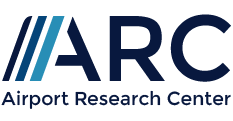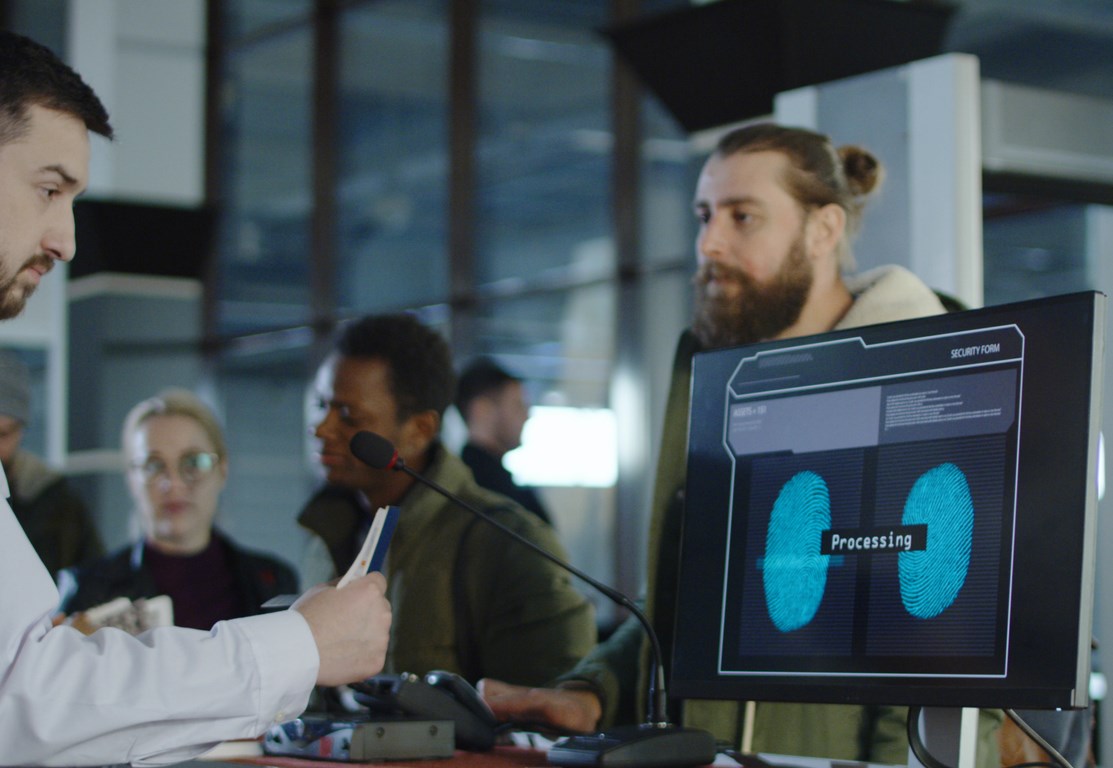
Dubai Airports
Level of Service Assessment
Enormous growth requires advanced planning tools. Simulation is the right tool to check the passenger terminal’s performance and to identify and solve potential bottlenecks before they actually happen.
Project Overview
Dubai Airports have seen an enormous growth over the past years. In order to keep up with the increasing traffic numbers, Dubai Airports realized several major expansions, ranging from new concourses at Dubai International to the all-new airport Dubai Al Maktoum. Dubai Airport has recognized simulation as a key element in modern optimization of businesses processes and decision making and selected Airport Research Center as their partner of choice. Since 2010 Airport Research Center has been supporting Dubai Airports in capacity related questions.
Services provided
One major aspects in all studies performed for Dubai Airports was to assess the Level of Service, passengers would face in the different scenarios. In order to answer this question, CAST Terminal models of all airport terminals were set-up and forecast flight schedules of various planning horizons were simulated. For each terminal facility, the passengers’ Level of Service was determined and analysed in terms of relevant key performance indicators such as maximum queueing time, maximum queue length and occupation level (space per pax).
Results and Benefit
The simulation model was used as test-bed for several “what-if” scenarios: Different flight schedules, passenger numbers, allocation scenarios, operational rules could be easily tested and compared to identify the most promising way of operations. The results of the LoS analysis were used to provide recommendations for improvements to support the airport stakeholders in the discussion about improving passenger experience from an operational and infrastructure perspective. Because of the easy-to-understand simulation results in a 3D environment, the simulation studies also raised interest at different stakeholders and let authorities, airlines, ground handlers and the airport operator work together in a very fruitful atmosphere.







